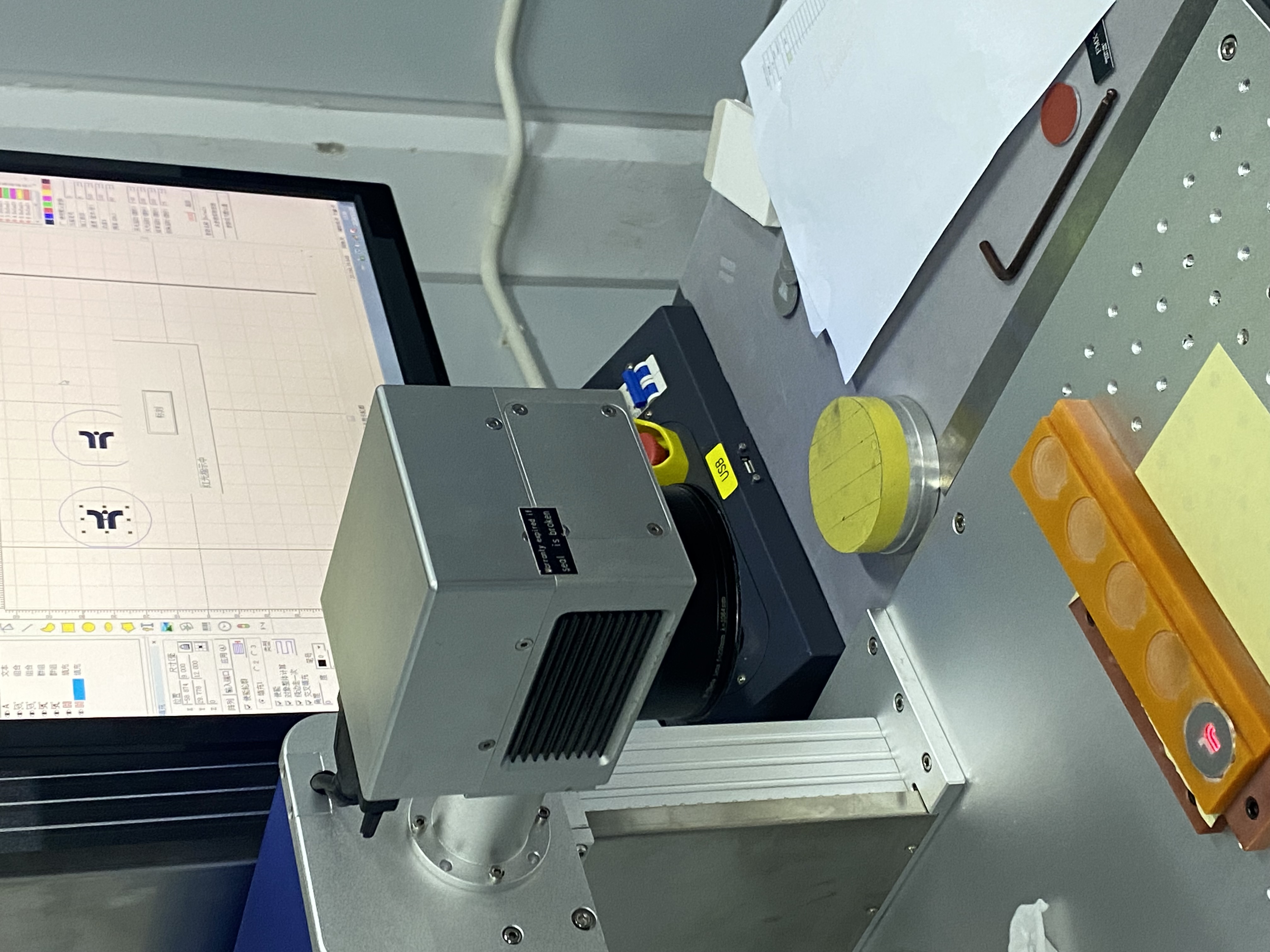Time to read: 6 min
In the realm of industrial marking, laser marking has emerged as a superior alternative to traditional methods, offering permanence, precision, and a wide range of applications. This comprehensive guide provides an in-depth look at laser marking technology, its evolution, various techniques, and its integration into modern manufacturing processes.
Introduction to Laser Marking
Laser marking is a high-tech process that uses a focused laser beam to etch, engrave, or anneal materials, creating permanent and high-contrast marks. This method has gained popularity due to its non-contact nature, cost-effectiveness, and ability to mark a variety of materials without degradation.
How Laser Marking Works
At its core, laser marking utilizes a high-energy laser beam to interact with the surface of a material, causing physical or chemical changes that result in a visible mark. The process can be automated and is highly adaptable to different speeds and materials, making it ideal for high-volume production environments.
Historical Perspective
The concept of laser technology dates back to Albert Einstein's early 1900s theories, with the first practical applications emerging in the 1960s. Over the decades, laser marking has evolved from early CO2 systems to modern fiber lasers, improving in power, precision, and efficiency.
Types of Laser Marking Techniques
Laser marking encompasses several techniques, each suited to different materials and desired outcomes:
- Laser Engraving: Removes material to create a depression, suitable for a wide range of materials.
- Laser Etching: Melts the surface to create raised marks, commonly used for serial numbers and barcodes.
- Laser Annealing: Uses heat to create color changes, ideal for ferrous metals and titanium.
- Carbon Migration: Releases gases from materials to create dark marks, effective for synthetic polymers and organic materials.
- Foaming: Forms a raised, contrasted mark on dark-colored materials, often used for polymers.
- Discoloration: Reveals underlying layers to create contrast, effective for coated materials.
Common Laser Marking Systems
The choice of laser marking system depends on the material and application:
- CO2 Laser Markers: Effective for organic materials like paper and wood.
- Fiber Laser Markers: High power and precision, ideal for metal marking.
- Green Laser Markers: High precision for sensitive substrates like silicon wafers.
- UV Laser Markers: Suitable for "cold marking" on plastics, glass, and ceramics.
- Nd:YAG Laser Markers: Compact and versatile for thin metal sheets.
Advantages of Laser Marking
Laser marking offers numerous benefits, including high-speed production, eco-friendliness, material compatibility, consistent repeatability, durability of marks, and low maintenance.
Applications of Laser Marking
Laser marking is widely used in various industries, including automotive, aerospace, medical, electronics, and consumer goods, for applications such as part identification, quality control, anti-counterfeiting measures, and product branding.
Unofactory's Laser Marking Services
Unofactory provides expert laser marking services, leveraging state-of-the-art technology to deliver high-quality results. Our team of skilled technicians ensures precise and durable markings that meet your specific requirements.
Conclusion:
Laser marking has revolutionized the field of industrial marking with its advanced capabilities and adaptability. As a clean, efficient, and precise method, it offers a multitude of benefits over traditional marking techniques. For all your laser marking needs, Unofactory is your trusted partner, committed to delivering exceptional service and quality.





